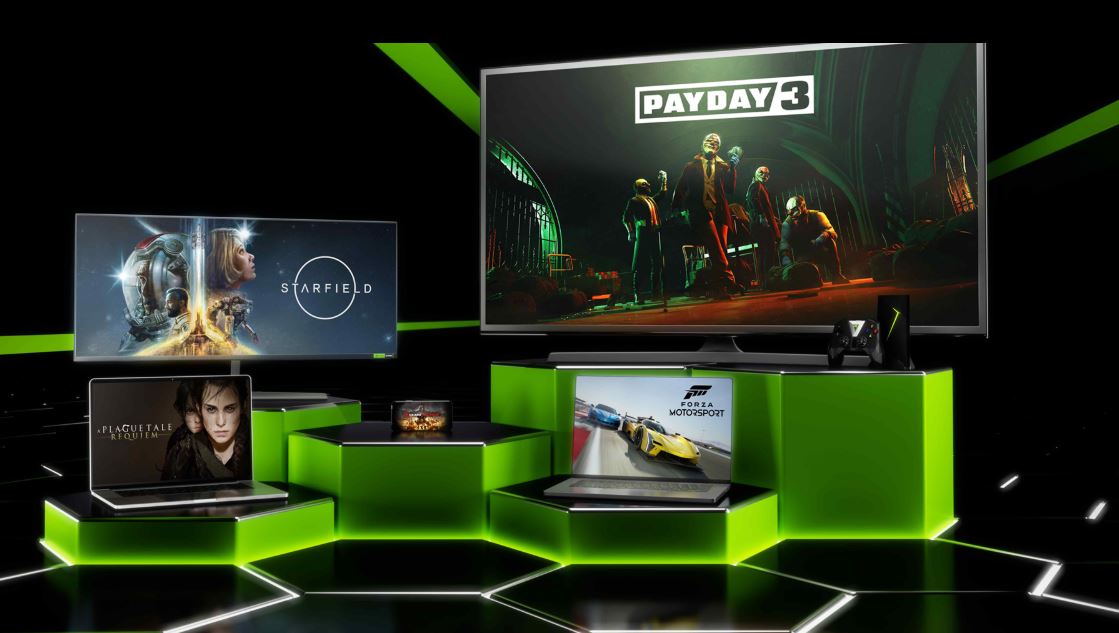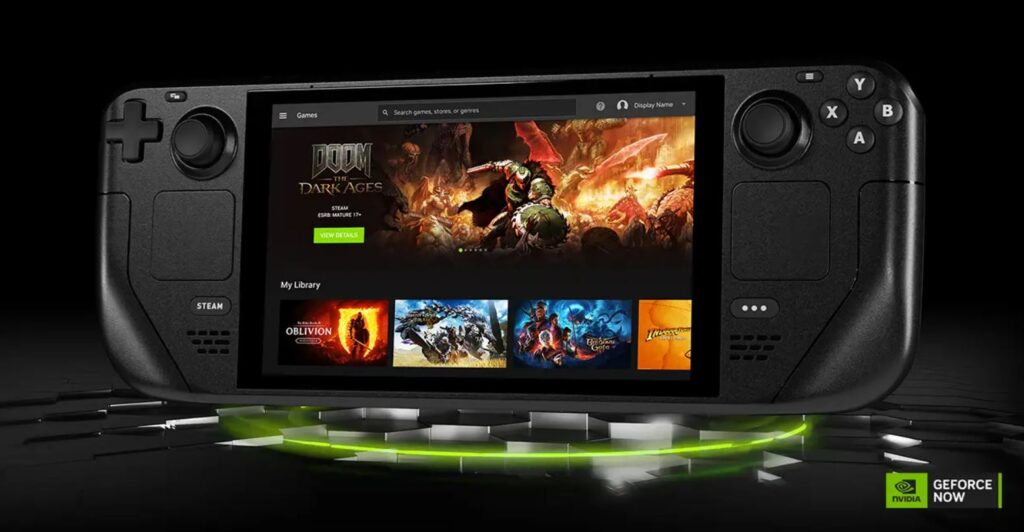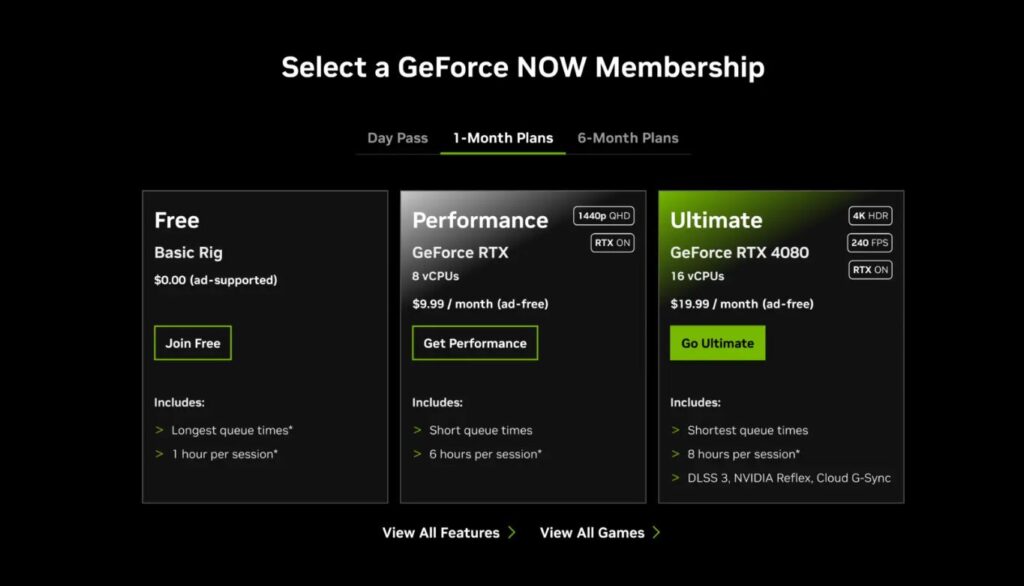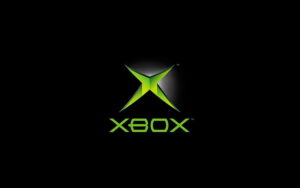
How Cloud Gaming on Steam Deck Just Hit a Major Turning Point with GeForce Now
July 26, 2025Cloud gaming isn’t new, but it’s never really felt ready. Promised for years as a plug-and-play revolution, it often buckled under latency, input lag, or lousy Wi-Fi. Then there’s the Steam Deck, a portable PC powerhouse that already conquered native gaming. But add GeForce Now on Steam Deck to the mix? It’s a potent combo that genuinely delivers, not as a replacement for locally installed games, but as a surprising enhancement to what’s possible when streaming is done right.
The recent Eurogamer impressions reveal a rather remarkable (and somewhat unexpected) truth: NVIDIA’s GeForce streaming service just feels brilliant on Valve’s handheld. No arcane setup, no lag-spikes horror story. Instead, it’s as if your Steam Deck becomes a proxy for some monster $2000 GPU setup in the cloud, launching and streaming blockbuster PC games with crisp visuals and snappy response.
It’s not even technically a native app. This is the browser-based GeForce Now experience running through the built-in Linux-based SteamOS with Firefox. Yet, results speak for themselves: Cyberpunk 2077, Alan Wake 2, and Baldur’s Gate 3 run like local installs. Sure, the visuals max out at up to 1080p60 depending on your membership tier, but in handheld mode, it’s more than plenty, and quite arguably outperforms many native runs.
Real Performance, Real Simplicity – That’s the Shock

What really makes this tick is just how little compromise is present. Normally, you’d expect cloud gaming to suffer on a handheld; the smaller screen hides flaws, but the input delay usually tears through the illusion. Yet GeForce streaming on Steam Deck sidesteps the usual negatives. Pair that with a stable connection, and the experience might fool even enthusiasts into thinking they’re running high-spec hardware.
Let’s not gloss over the interface, though. While it’s browser-based, you can bind shortcuts and integrate the session into Steam through a custom shortcut, making it feel baked in. Even gamepad prompts come through correctly across titles. With cloud gaming on Steam Deck, Steam Deck’s role shifts, from handheld PC to dynamic portal to your entire PC library, whether you’ve installed it or not.
The best example? Alt-tabbing from GeForce Now into native mode without missing a beat. Take your local Game Pass install and juxtapose that with RTX-powered performance in Alan Wake 2 via GeForce Now. You’ve got options, and zero tweaking headaches. It brilliantly complements Steam Deck’s ethos of freedom.
The fact that Steam Deck performance keeps up this well is crucial. Sure, games like Control or Guardians of the Galaxy have Linux-compatible native builds, but performance on high settings? Unlikely. Meanwhile, GeForce Now’s cloud RTX 4080 servers whisk these games to your device with ray-tracing intact—on maxed visuals, with less heat and near-identical battery draw.

Of course, this is all assuming you’ve got an NVIDIA GeForce membership. The free tier introduces resolution caps and queues, bearable, but the Priority or Ultimate subscriptions unlock the true experience. It’s still significantly cheaper than upgrading your hardware just to eke out better FPS or ray tracing support. Especially considering Steam Deck’s relatively modest APU, GeForce Now review impressions like these show how you can punch far above your handheld’s weight.
For some, this might raise a deeper question: are we nearing the tipping point where devices like the Steam Deck no longer need powerful internals? Possibly. But right now, that’s not the goal. It’s about freedom, to jump from a native play session on the train to an RTX-enhanced cloud run in the hotel room, without dragging along peripherals or a gaming laptop.
Games are no longer tethered to local installs. Thanks to PC cloud gaming going mainstream via services like this, your collection can follow you: from an underpowered laptop to a smart TV to, obviously, the trusty Steam Deck. Not replacements, just seamless extensions. And perhaps that’s the best way to look at what NVIDIA GeForce streaming achieves here: it’s not chasing local hardware, but enhancing it with flexibility.
The takeaway? This isn’t another Stadia pipe dream where streams replace local games altogether. It’s a platform-agnostic revolution that works with your Steam Deck. When connectivity’s smooth, it’s seamless and entirely playable, arguably showcasing the most polished side of consumer-ready best cloud gaming device potential we’ve seen. The future might not be fully streamed, but it’s certainly streamed when you want it to be, and that’s the trick we’ve been waiting for.






